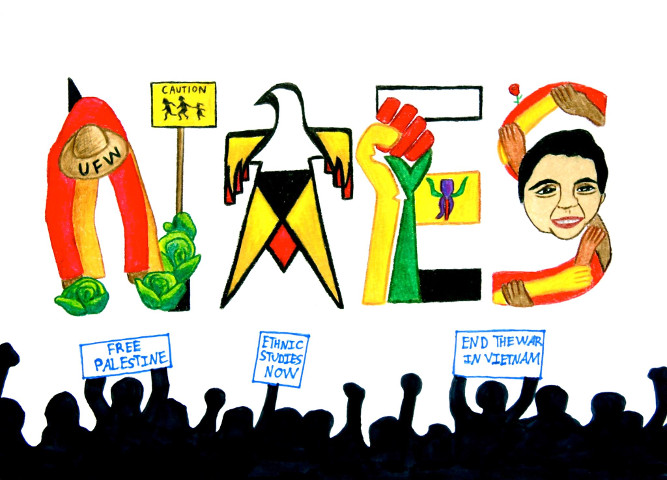Explorations in Ethnic Studies

Orginal Publication Date
1992
Journal Title
Explorations in Ethnic Studies
Volume
15
Issue
ees/vol15/iss1
First Page
[1]
Last Page
3
Abstract
Last semester at Arizona State University in the School of Art, I offered a course in multicultural issues in art. It is important to note that the state of Arizona is under national scrutiny because of the negative publicity it has received in the past few years on the Martin Luther King, Jr., holiday and other concerns about racial and cultural issues. I am not going to claim that Arizona does not have a lion's share of problems in this area; what I will claim is that most of my students are middle class, white, receptive, and sensitive to ethnic studies. It is typical that I only have a few students of color each semester. During the semester I introduced several new vistas to my students. One new vista which is historic and known to many people is the Harlem Renaissance. Only one young Hispanic student in the class had ever heard of the Harlem Renaissance. Nineteen-nineteen to 1929 was the period of which Langston Hughes wrote "Harlem was in vogue." Black painters and sculptors joined poets, novelists, dramatists, and musicians in an artistic outpouring that established Harlem as the international capital of black culture. These Arizona students became very familiar with the works of Aaron Douglas, William H. Johnson, Palmer Hayden, Romare Bearden, James Van Der Zee, Meta Warrick Fuller, and others. The students repeatedly asked: "Why have survey courses of American art history omitted these artists?" The answer to that question is complex and would take up too much space to answer here, but I realized as I taught the course that most of the materials were new for all the students in the class. The new vistas introduced became classroom activities that involved cognitive acts of acquisition and organization of knowledge that our present generation of students must be introduced to. I am certain many of these students in later years will discover, rediscover, and reanalyze [re-analyze] this information as they enter the workforce and assume positions of responsibility.
Rights
Copyright, ©EES, The National Association for Ethnic Studies, 1992


